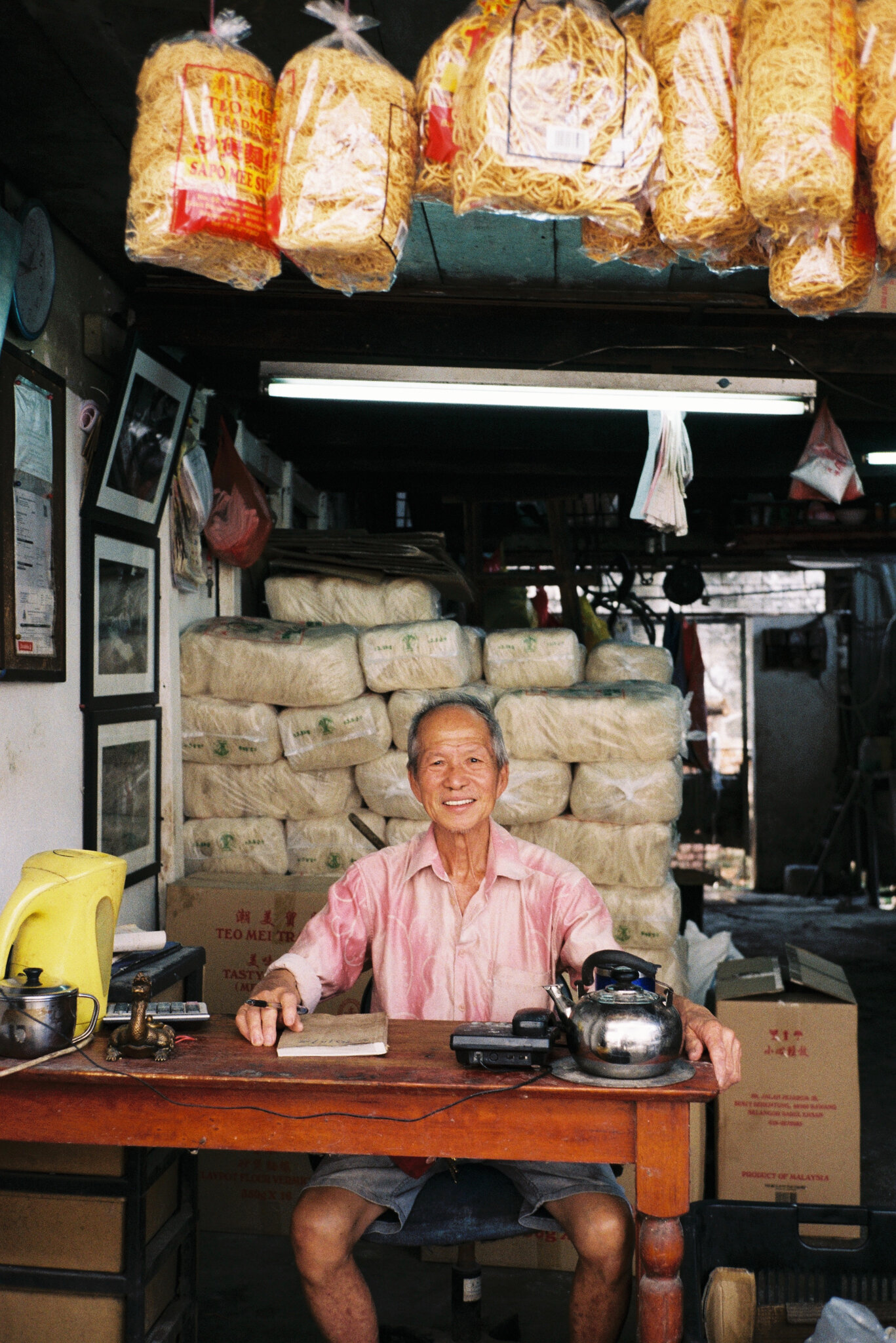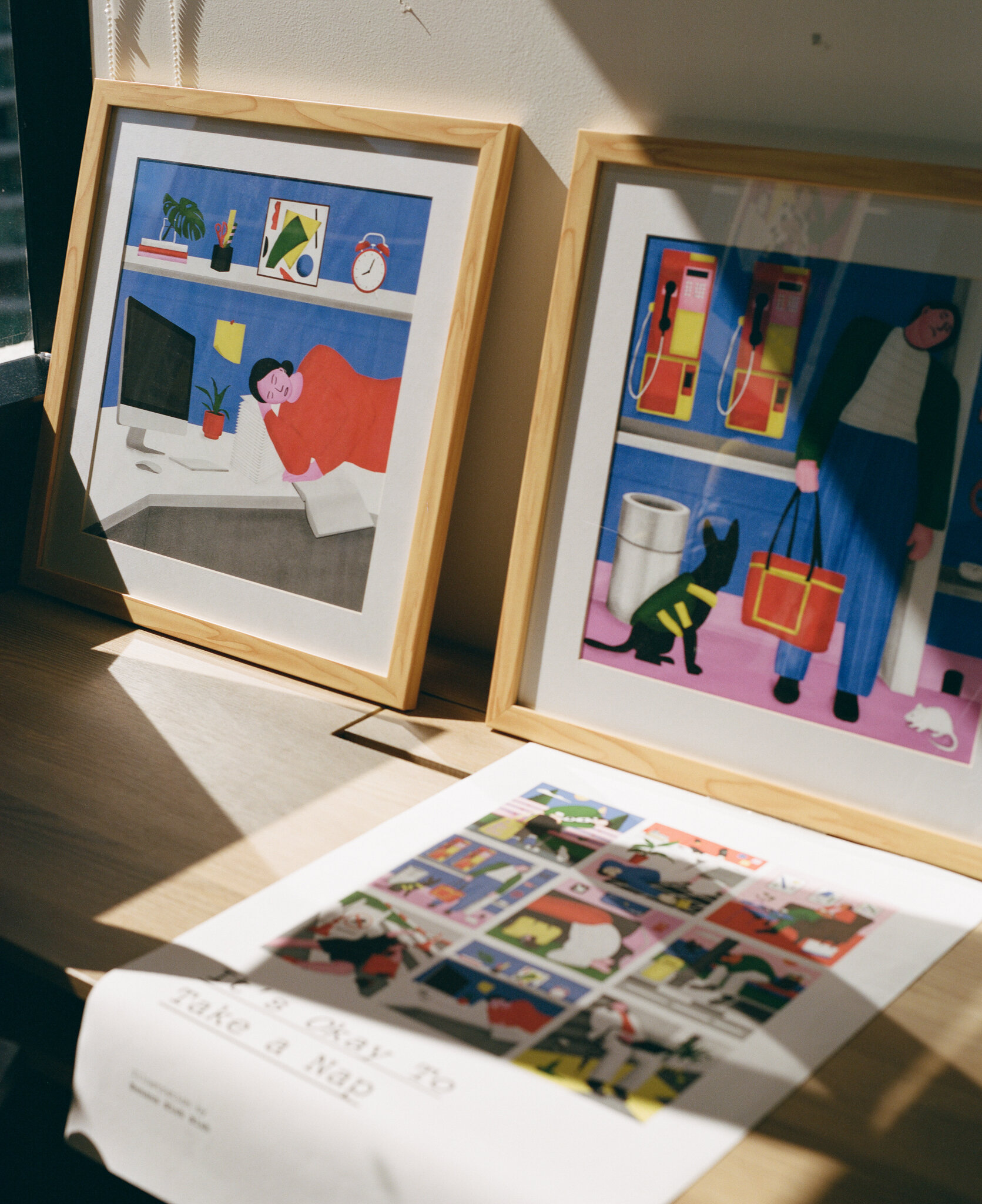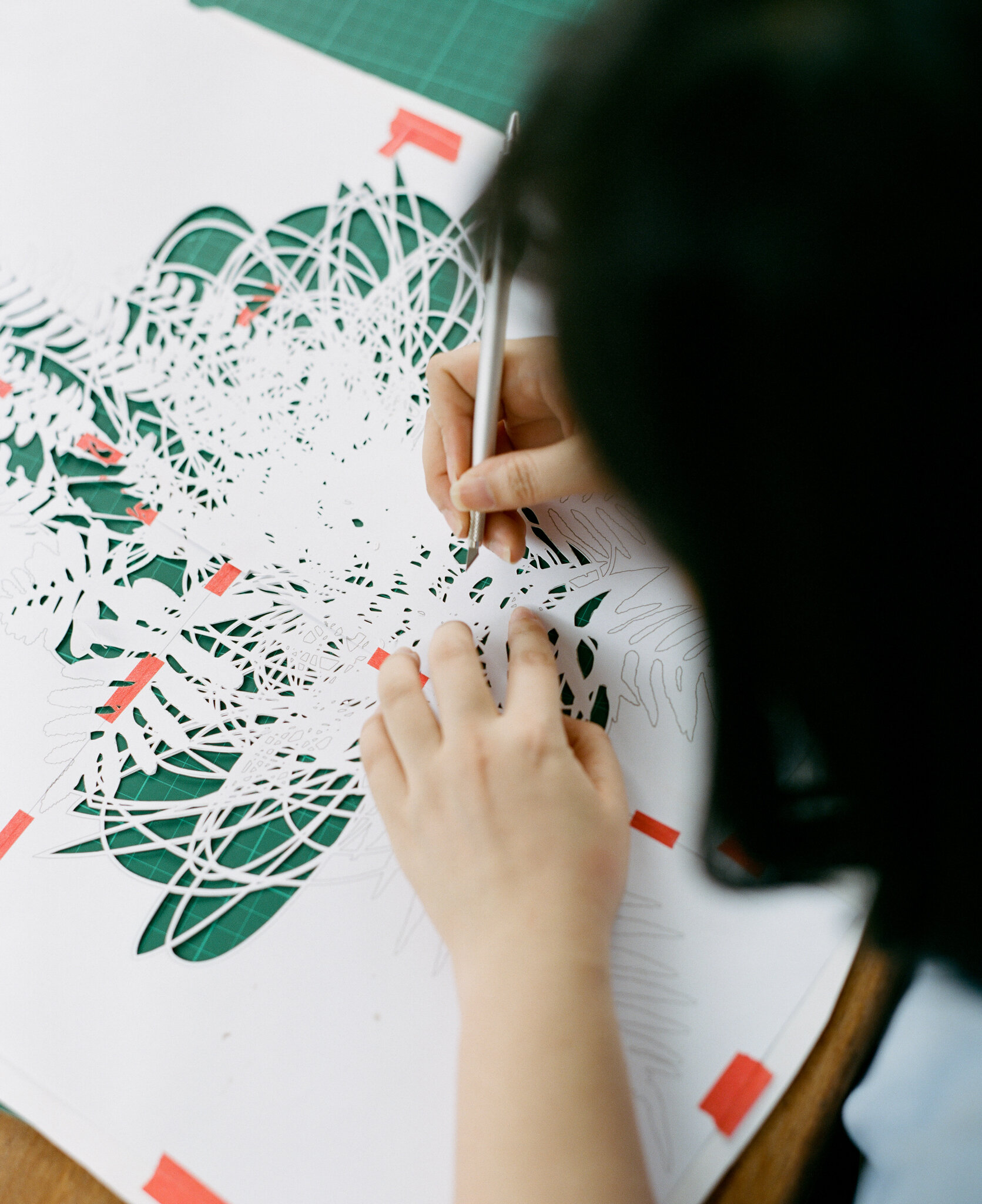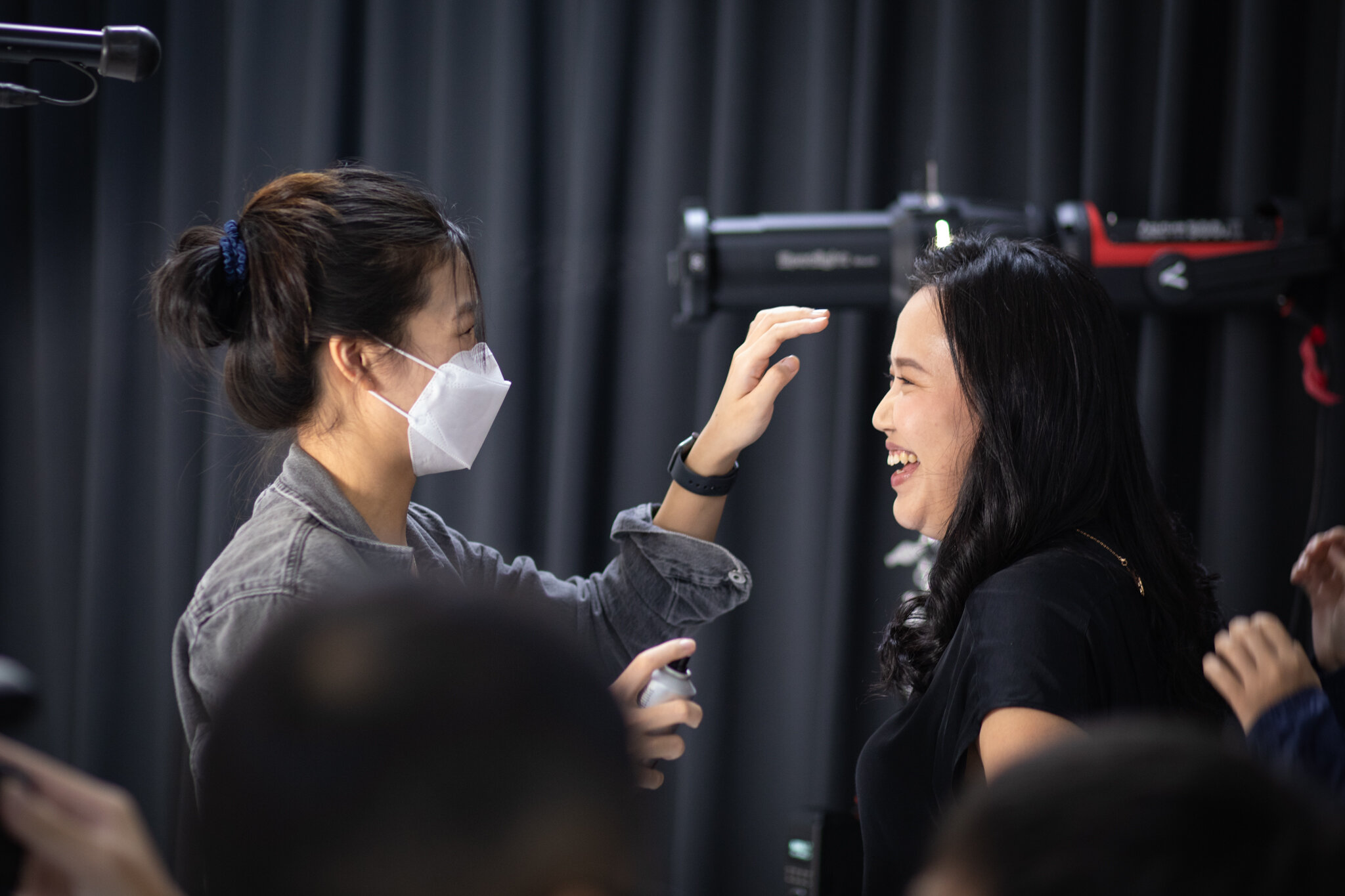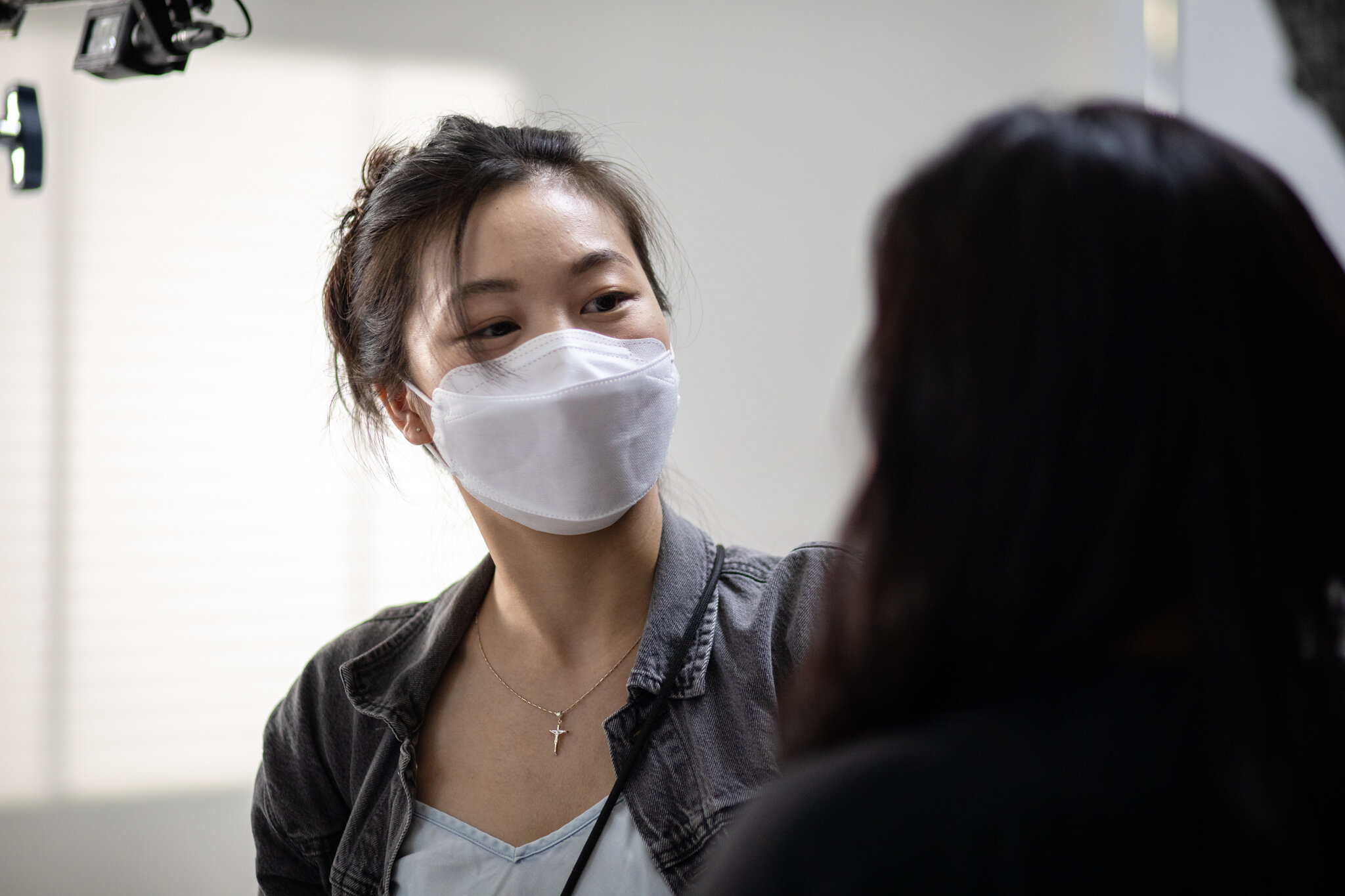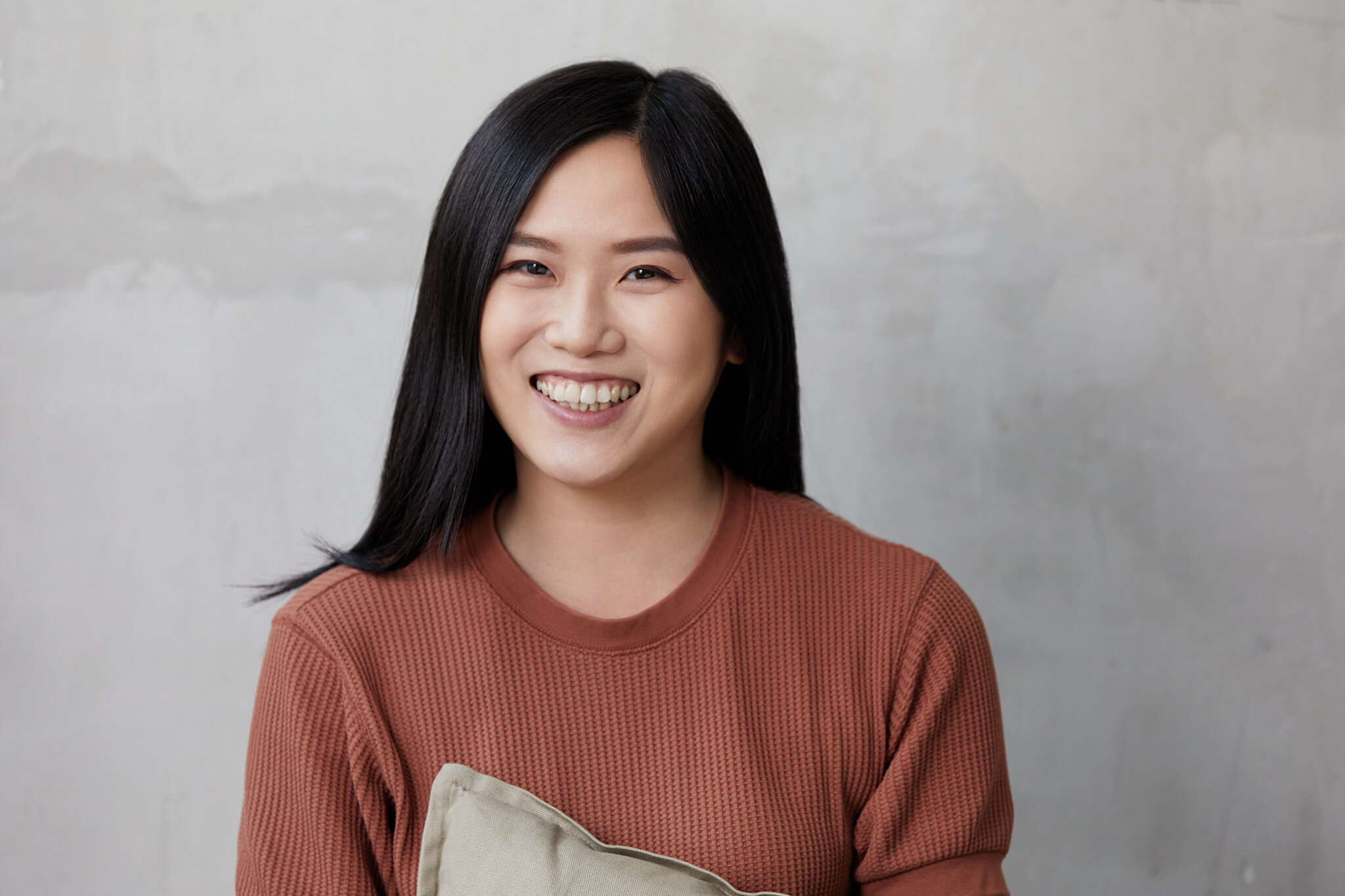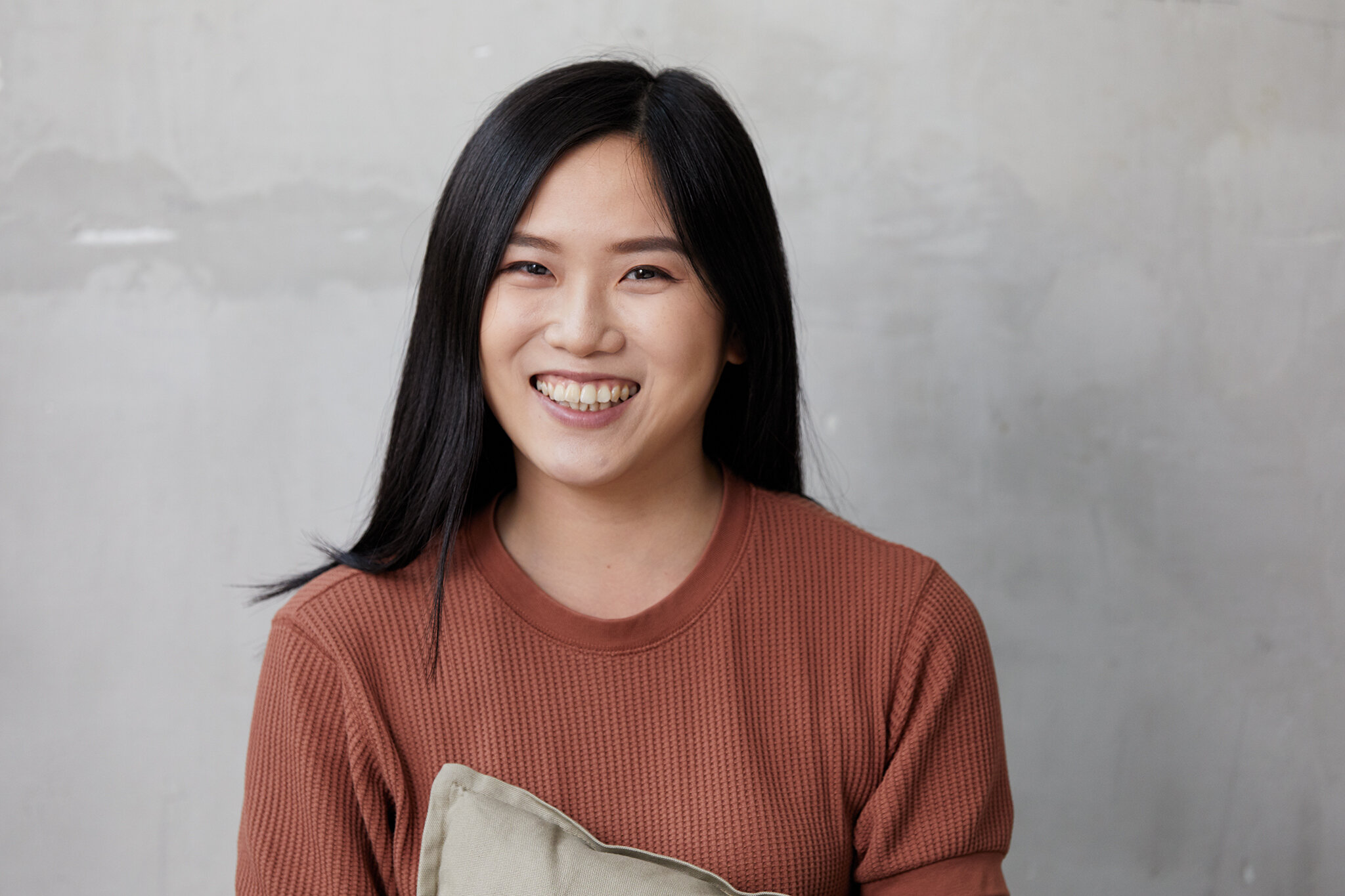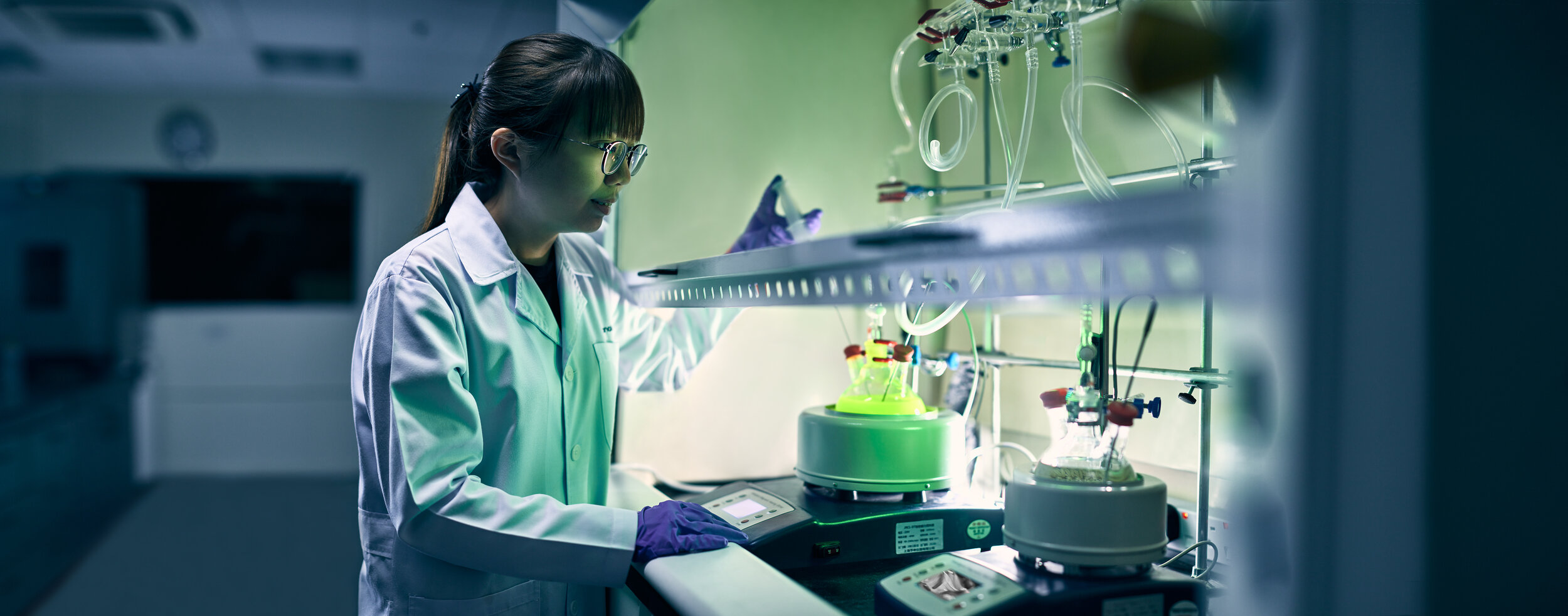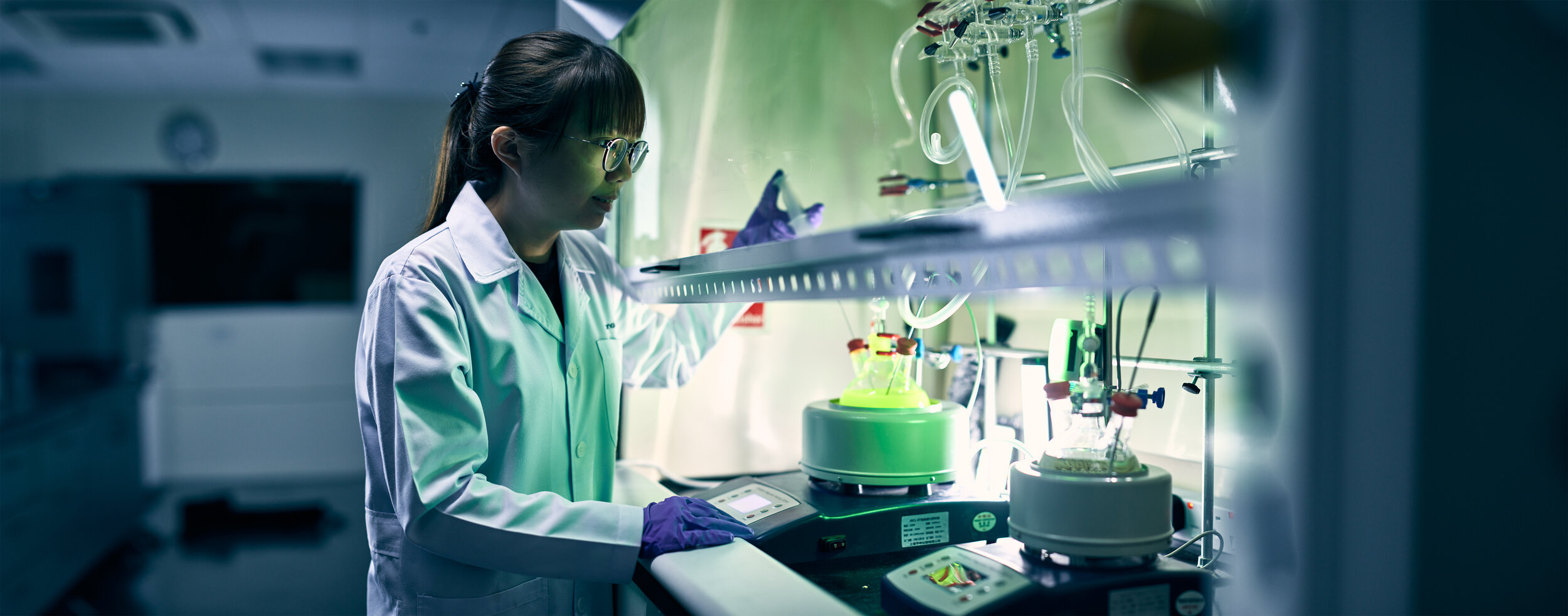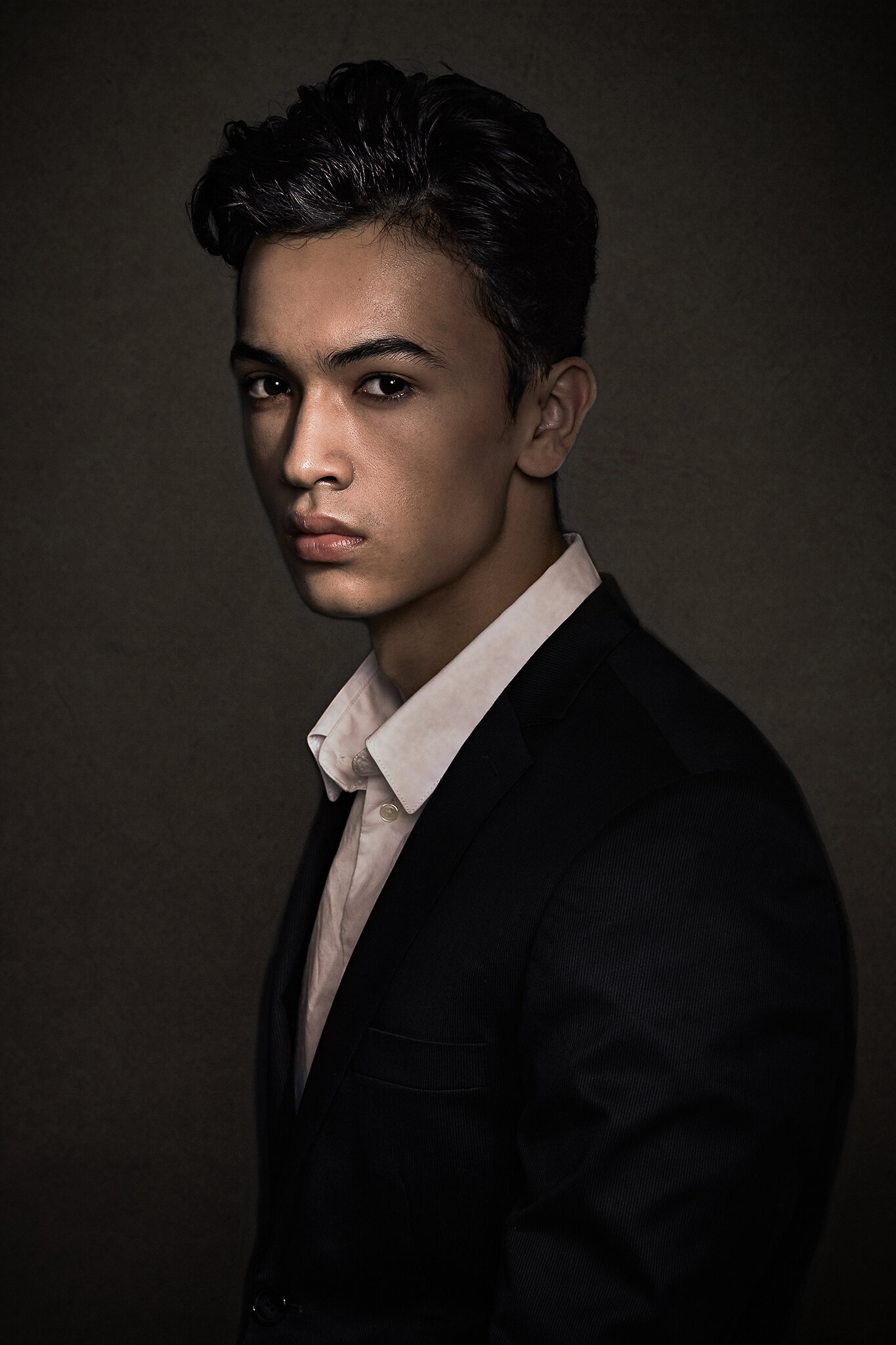Hi everyone, how’ve you been?
Firstly, I want to apologise for being absent for nearly 4 months. I would love to say that I neglected my blog because I’ve been extremely busy but the truth is it’s a mix of that and my laziness.
Due to a backlog of projects from the 2 Heightened Alert phases, I was completely swarmed and burned out in the months of Aug-Oct. Naturally, the blog took a backseat. And then things relaxed a little in Nov but I got too lazy to pick up the momentum to write. Here we are now, the last month of the year. Whew…where did 2021 go?
Wherever you’re reading this from, I hope you’re doing well. You might be a corporate worker or a freelancer or even a child, there’s no doubt the pandemic has at least inconvenienced you in a certain way. I had a relative pass away due to Covid-19 recently, friends who had to postpone their wedding for the third time, peers who switched careers to take up full-time employment. Hearing all these just makes me feel incredibly blessed to be able to still do what I love doing and enjoy good health whilst doing so. (I’ve grown a little fatter but let’s just leave that out for the time being)
Rather than bore you about the projects I’ve been on (frankly most of them are just sustenance work), I thought I might share some of my experiences this year and do an emotional stocktake of this year.
Firstly, unbeknownst to most, I took up part-time work for the first time after leaving Camera Rental Centre in 2017. The months from May to Aug was incredibly tough for me, not only on my bank account but also my mental health. After nearly 3 months of low to no work, I took up a part-time role as an usher at the vaccination centres. It was incredibly depressing when I saw myself working alongside 18-19 year olds; many of whom ask me what was I doing here at 29. I think that was my lowest point during the whole pandemic so far. Whenever I hear of another cancellation or postponement, my heart would sink further and further and I grumble at how long I might have to continue working at this $10/hr job.
I wish there was a silver lining to this but the fact is sometimes there just isn’t. Shit happens and you take it. And you just do whatever it takes to keep yourself alive. Thankfully, after the Covid rules relaxed in Sept, I was swarmed with a backlog of work. I remember vividly how one of my clients commented that I looked like I was dying on my last shoot with them and I told him “No shit. I’m really dying and all burned out.”
Following the Covid rules cycle, work came in peaks and troughs and so did my emotions. I would wake up feeling all clammy, nervous about the prospects for the next few months. The feeling was eerily similar to how I felt when I first started - waking up in cold sweat and counting my income on my excel spreadsheet - just that this time I’m in a much better position.
For the first time, I was forced to look outside of photography to find ways to bring in income. Honestly, there are a lot of great opportunities – I have been approached to do insurance and property – but maybe I’m just stubborn; I prefer to do something meaningful that brings in a decent amount of money.
If life pushes me to the brink of death, then maybe. But as much as possible, I still want to hold on to my ethos, which is to make a career out of doing meaningful work that pays. So in October, I tried my hands on teaching and basic professional videography.
Teaching was interesting. I love it and am better at it than I thought I would be. Video too. I think it activates a certain part of my brain that isn’t lighted up (heh get the pun?) by stills photography.
At the risk of sounding pompous, I think chasing your passion isn’t defined by how excited you’re at the start but what you’ll do to stick to your passion despite the trying moments. I’m happy to say I survived this year with pretty decent margins and am given another chance to stick around.
Share with me your most emotional moment in 2021 below and I wish you well in 2022!
In case you’re interested in some of the more interesting projects I’ve been involved in the second half of the year:
- Did a really fun and challenging portrait project with the scientists of Nanolumi. I had so much fun lighting the set. Check it out here.
- Contributed to Mandai Wildlife Group’s rebranding efforts by refreshing the corporate portraits of their entire management team. It was refreshing to shoot a corporate project in nature amongst animals.
- Made portraits of 12 early childhood educators as part of a project for Early Childhood Development Agency.
- Made photos for Beng Hiang Restaurant’s new website and rebranding efforts. One of the projects I love more this year.
- Photographed the Chief Executive of EDB recently. This was a stepping stone in helping me feel more comfortable photographing VVIPs.
- Currently shooting NUS Admissions campaign for the 5th year in a row.
- Currently shooting a fun project for SingPost to create images of their new electric vehicles.
- Currently onboarding a project for Ministry of National Development to photograph 5 of their Ministers.






